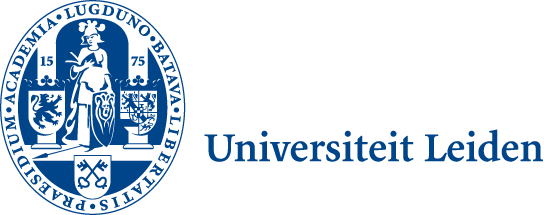- Leiden University
- Leiden Institute of Chemistry
- Master's Programmes
Colloquium: Martine Van Rijn
Colloquium
Photoactivated prodrugs: applications and challenges in cancer treatment
Martine Van Rijn
- Date
- Friday 28 Nov 2025
- Time
- 15:15 - 15:45
- Location
- DM115
- Supervisor
- Madeline Kavanagh
- Jury
- Zach Armstrong
Despite major efforts in the field of chemotherapy, there are still crucial shortcomings due to the off-target systemic toxicity of many chemotherapeutic drugs. To overcome this, much current research focuses on the development of chemotherapeutics that can be locally activated. One of the triggers that can be used to locally activate chemotherapeutics is light. This mechanism is gaining attention because light is non-invasive, non-toxic, and can be applied with high spatiotemporal accuracy. By creating “photoactivatable” prodrugs of chemotherapeutics, systemic toxicity and major side effects could become a problem of the past. This review discusses some of the recent advancements in the field of photoactivatable prodrugs, including the application of various photocleavable protecting groups (PPGs), combining PPGs with other cancer-specific prodrug-release mechanisms, and applying fluorescent PPGs for dual-function imaging drugs. Although there has been immense progress in recent years, several challenges remain, including optimizing the activation wavelength, premature or off-target activation, as well as the hydrophobicity and biocompatibility of photoactivatable prodrugs. Furthermore, only limited in vivo results are available. Despite this, there is enormous promise for photoactivatable prodrugs as chemotherapeutics, and numerous potential applications in other disease areas.
Are you interested in the MSc Chemistry or MSc Life Science & Technology programme?
Find out more about the programmes, career prospects & how to apply.

